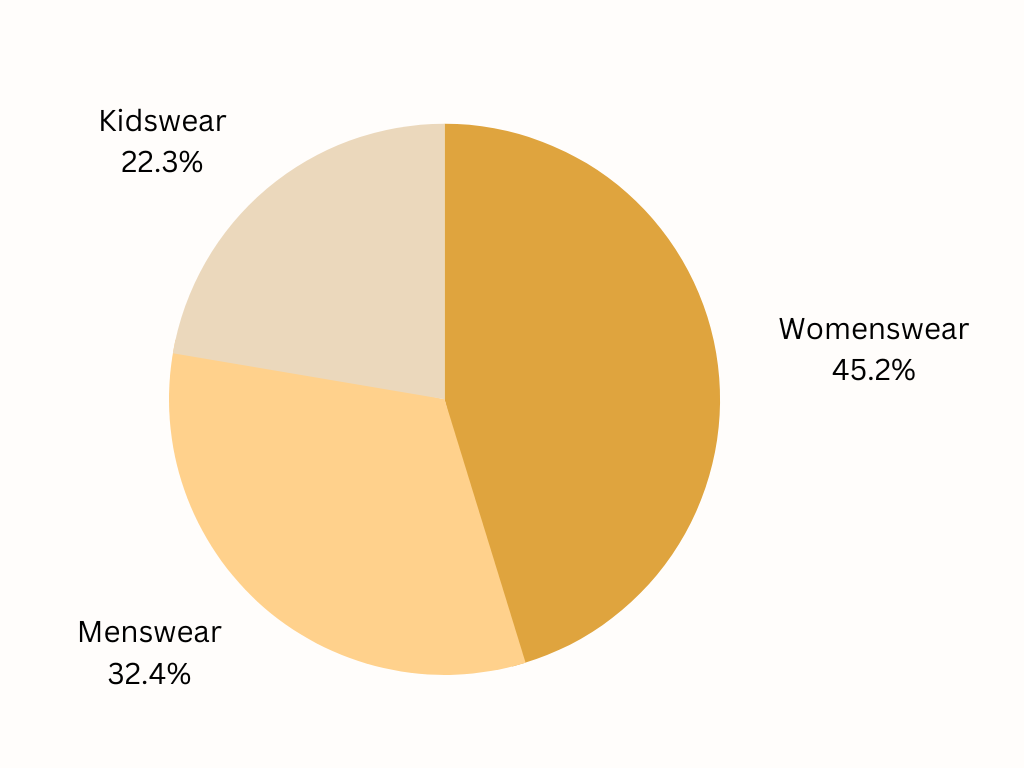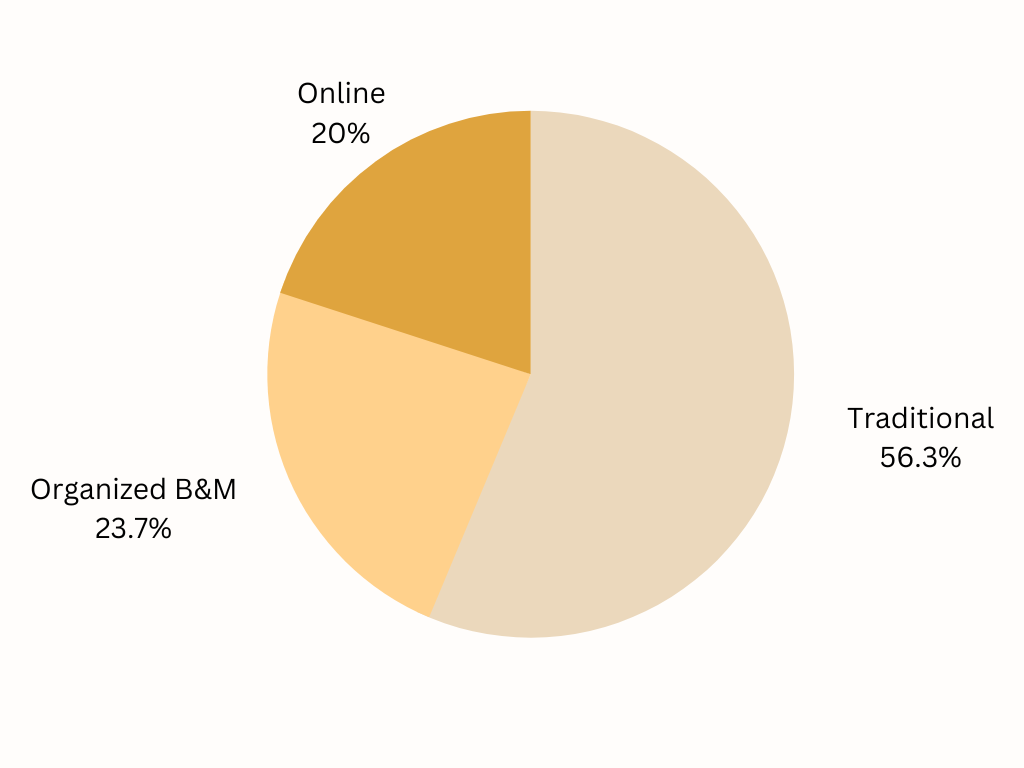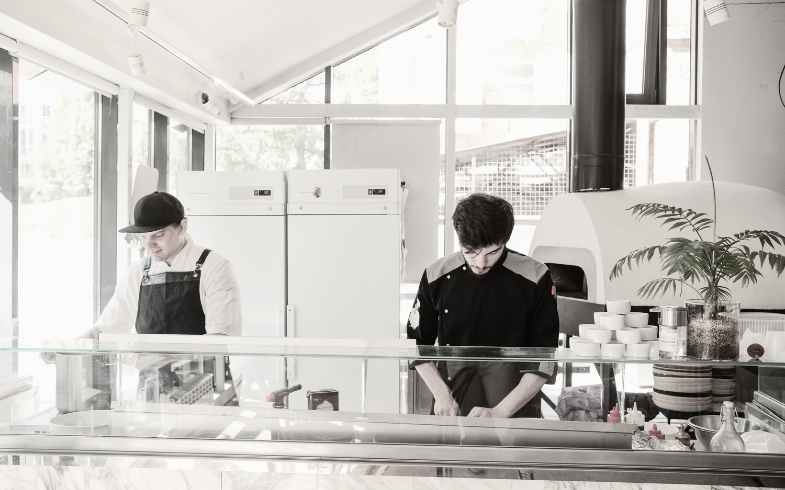Fashion apparel, as a part of retail, is one of the largest industries in the world. The industry is truly globalized as trends are popularized and reach everyone around the globe.
Apparel, Footwear and Accessories are the key segments of wearable fashion Industry, Fashion Apparel being the largest amongst the other two. The global apparel market stood at 1.5 trillion USD in 2022 and is expected to grow at 6.6% CAGR for the next 5 -7 years. (source: statista.com)

It is the third biggest sector by operation in the world, after Automobiles and Technology. New York City, London, Milan, and Paris are the most recognizable fashion capitals of the world. Tokyo has been gaining popularity recently.


Apparel market consists of 3 segments- womenswear, menswear and children wear; out of which women’s wear is the largest and fastest growing segment with 45% share.
Fashion market is highly dependent on taste and trends affected by thoughts of younger generation. Every country has globalized fashion market as well as a niche market which is in tune with the traditions and cultures of that particular region. These markets have a mix or organized brands as well as unorganized retails in a market like India. The Indian branded apparel market is growing at over 20% per year and also makes up about 20% of the market.
The Indian Apparel Industry stood at 96 billion USD as of 2022. Apparel retail in 2013 shared 8% in overall retail of the country with food and grocery leading the share at 60%.
(Data sources: ignited.com and statista.com)
Global trends and outlook
Shifting consumer behavior
After an extraordinary pull in 2021, the market is witnessing some cut backs recently. Global trends in inflation are likely influencing customer behavior. Gender-fluid fashion is gaining greater traction amid consumers’ changing understanding of gender identity and expression.
The slowing down of fashion
The entire market is affected by the climate crisis and is becoming a growing necessity to take actions. As people are becoming more aware of the negative effects of fast fashion, they are inclining towards sustainable measures.
Starting with the UN’s SDG (United Nations Sustainable Development Goals) and efforts through GFS (Global Fashion Summit), the market leaders are doing their part in making the industry more sustainable. Every effort is leading the market towards resale and recycled fashion. There is a growing demand of used products as well as recommerce is gaining popularity. Recent study suggests, people are ready to spend more on their purchase if the product is environment friendly and has been sustainably packed.
The need to remodel
Fashion industry accounts for highest carbon emission leading to a lot of problems. It contributes to 10 % of annual global carbon emissions which is more than the emissions made by international flights and shipping combined.
A pair of jeans consumes approximately 3,781 liters of water, from the fabric production to its delivery in the store. Only a bare 1 % of used clothing is recycled into new forms, injecting a loss of $ 500 billion and a need for the virgin fabric to yield another 99 per cent of new clothing. As per a recent study, recycled polyester is known to produce 79 per cent lesser carbon emissions than the virgin polyester used to make these new articles.
All these trends are pushing the industry to remodel how they function and what they sell along with catering to the increasing demands due to shifting population and consumption patterns of the consumers.
Our Experience
Our experience in the fashion apparel stream spreads across India, US, Europe and Australia. With this, we have greatly increased our knowledge of various preferences and demands of different demographics and different products -like womenswear, kidswear and menswear in the formal, ethnic, casual and beachwear categories.
We helped spurt growth from 1000 to 4000 retailers of a B2B apparel business and helped to successfully launch a B2C brand for ethnic products in the Indian market. Today the brand sells through offline and online channels.
Our experience also covers beachwear apparel category in India selling overseas. We helped the business streamline their production operations, managing finished inventories by hubs for different countries of sales, and sales growth projects for offline market in US and online markets in US, Europe and Australia.
We have enabled our clients to change with new trends while managing costs and achieve profitability. Our teams are effective in dealing with different stakeholders from different markets. With over 10 years of experience in the Industry, we have been able to bring over 40% CAGR to our partners through effective policy frameworks, market penetration, brand value upturn and other such value addition activities.



